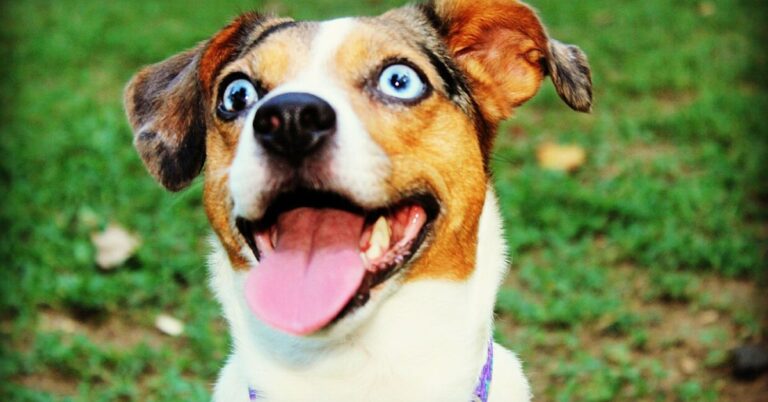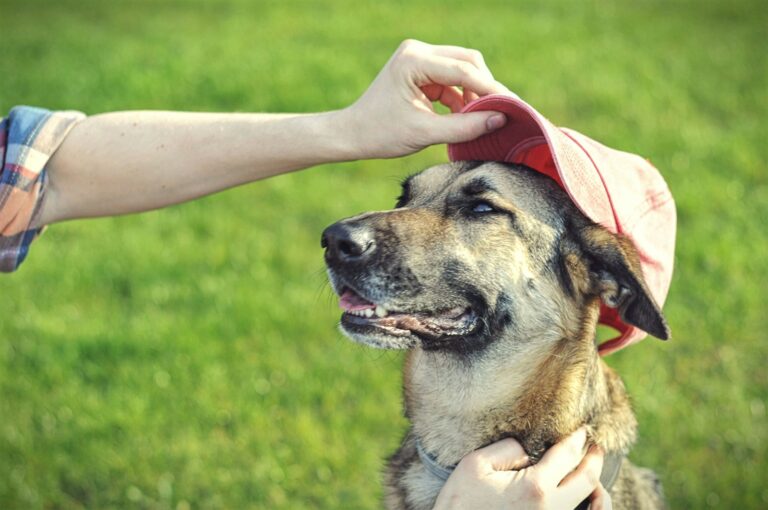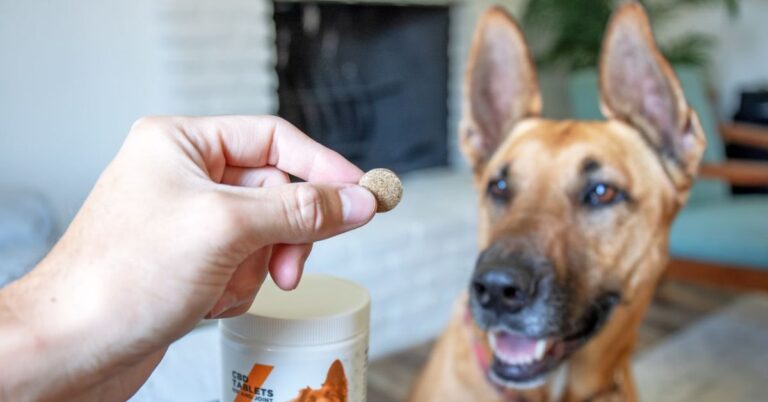15 Dog Breeds That Are Known for Being Very Stubborn
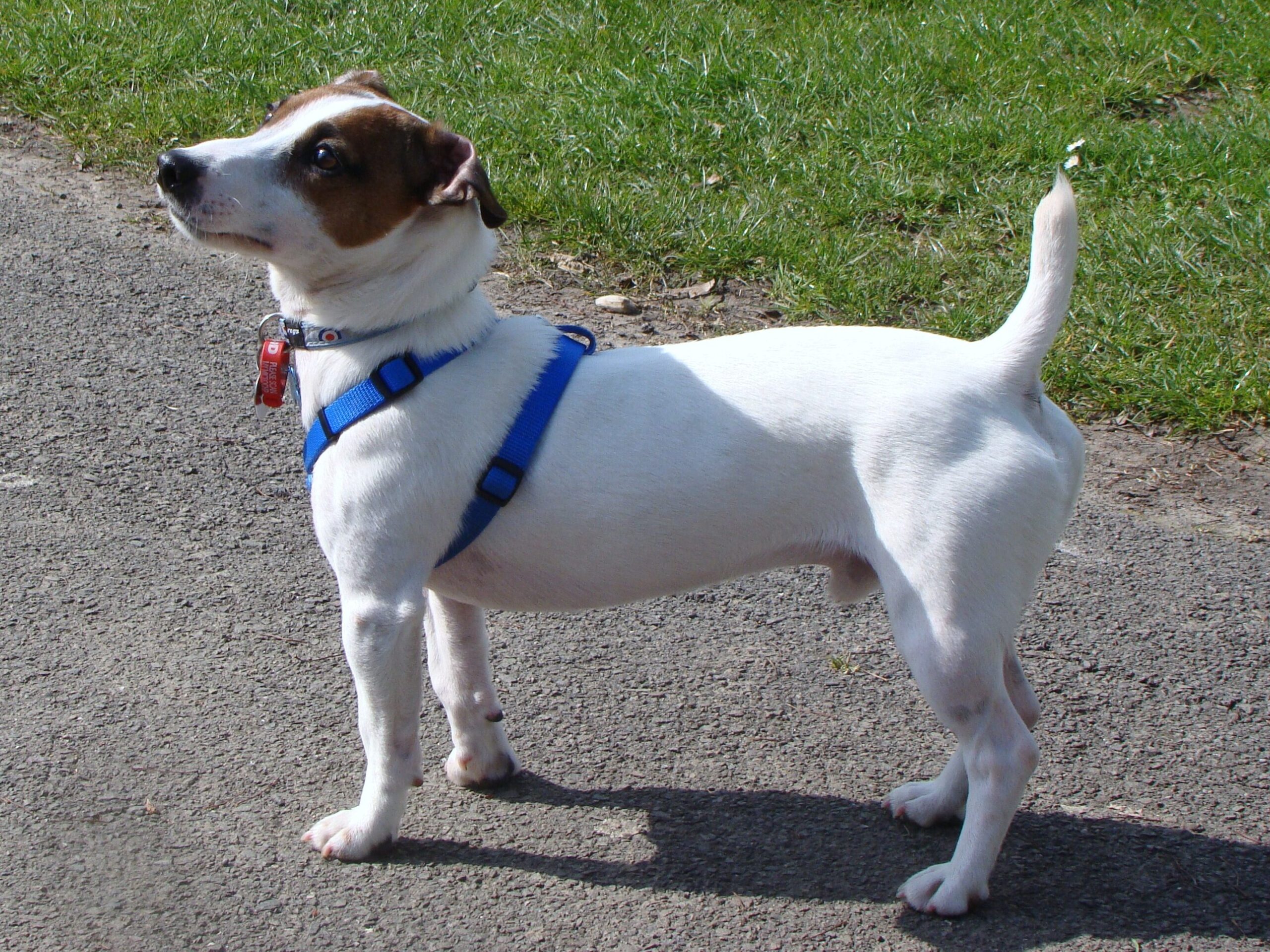
Some dogs live to please — others? Not so much. Stubbornness in dogs doesn’t mean they’re bad or dumb — in fact, it often means they’re smart, independent thinkers who like doing things their own way. If you’ve ever tried to train a dog who looks at you like, “Yeah, I’m not doing that,” you know the struggle. Here are 15 dog breeds known for their hard-headed ways.
Bulldog
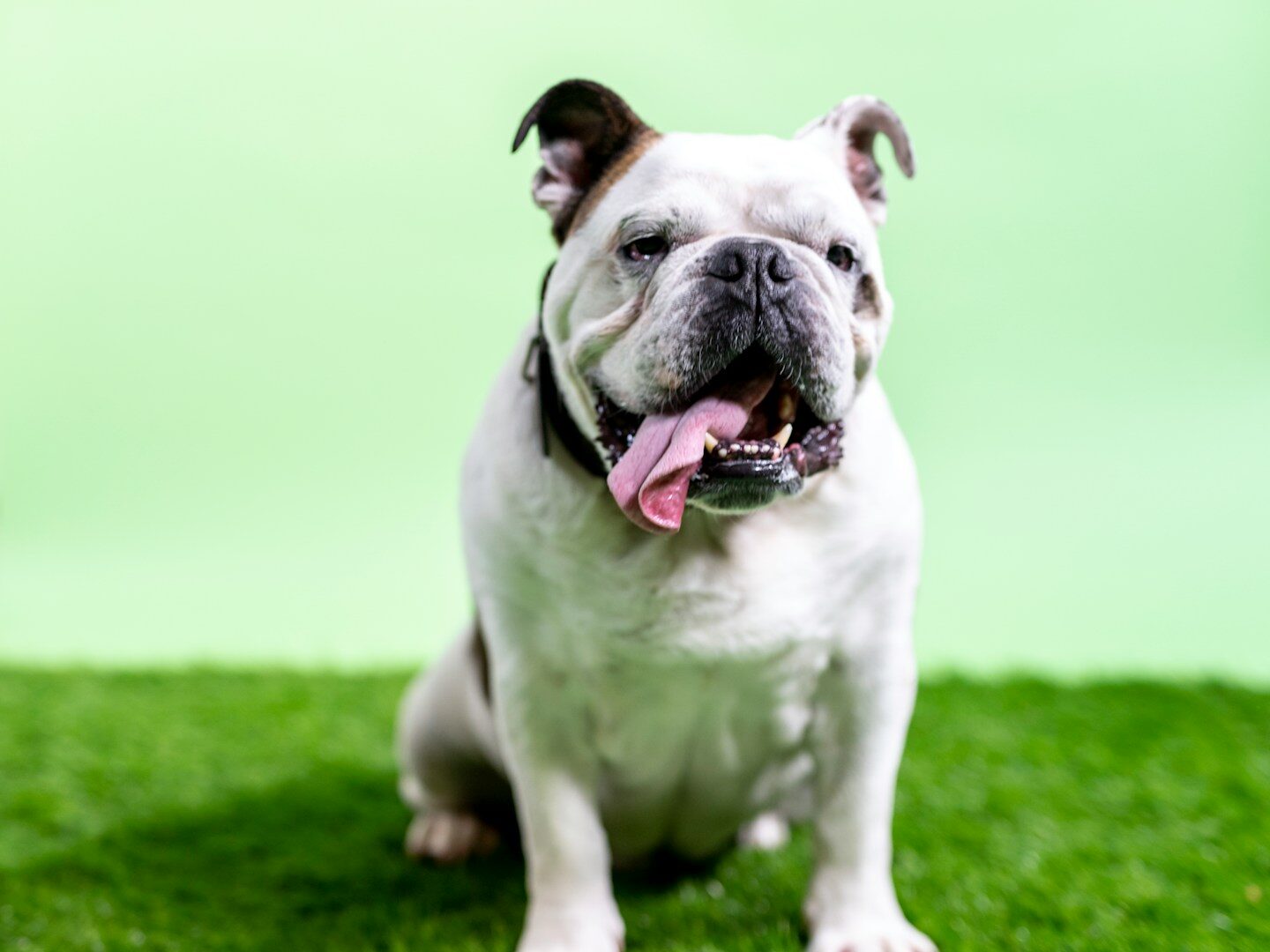
Bulldogs are popular for their adorable wrinkles and… their iron will. Ask a Bulldog to go for a walk when they’re not in the mood, and you’ll witness the classic “plop-and-flop” — where they lie flat and refuse to budge. Their stubbornness comes from their history as bull-baiting dogs, bred to be determined and fearless. Patience, positive reinforcement, and sometimes a little bribery (hello, treats) are the keys to getting them moving.
Beagle
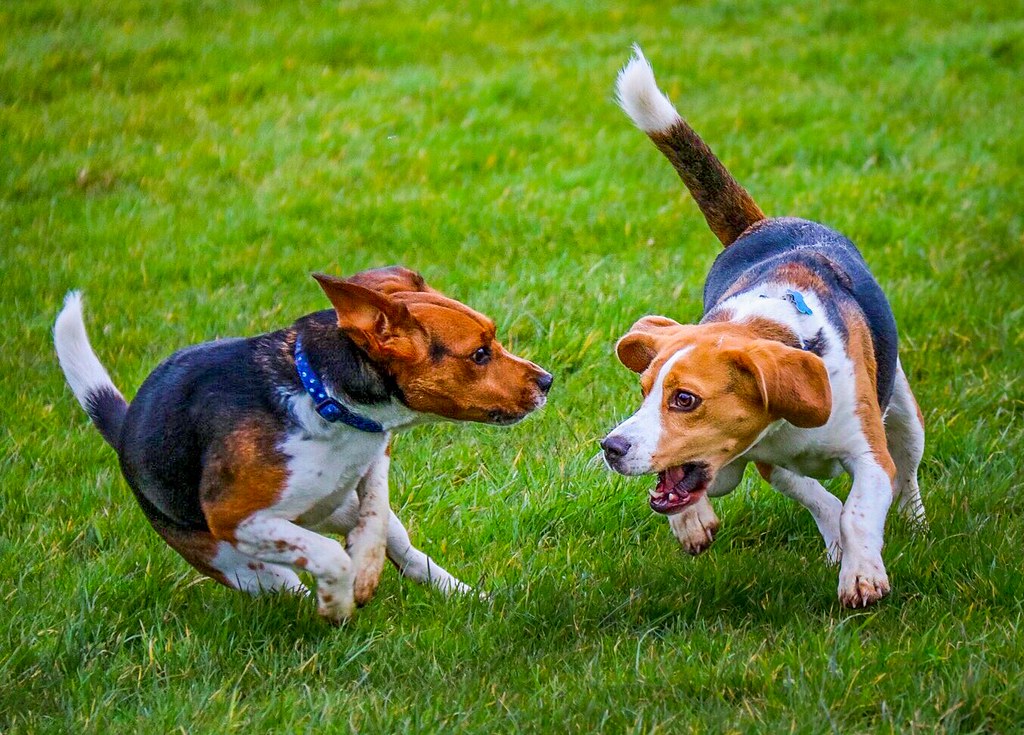
Beagles may be small, but they’ve got big personalities — and big opinions. Bred as scent hounds, Beagles follow their noses above all else. Ever called your Beagle at the park, only for them to act like they’ve gone deaf? They’re not ignoring you out of spite — their incredible sense of smell (about 1,000 times stronger than ours) has simply taken over.Training them requires high-value treats and lots of patience to outcompete those irresistible scents.
Dachshund
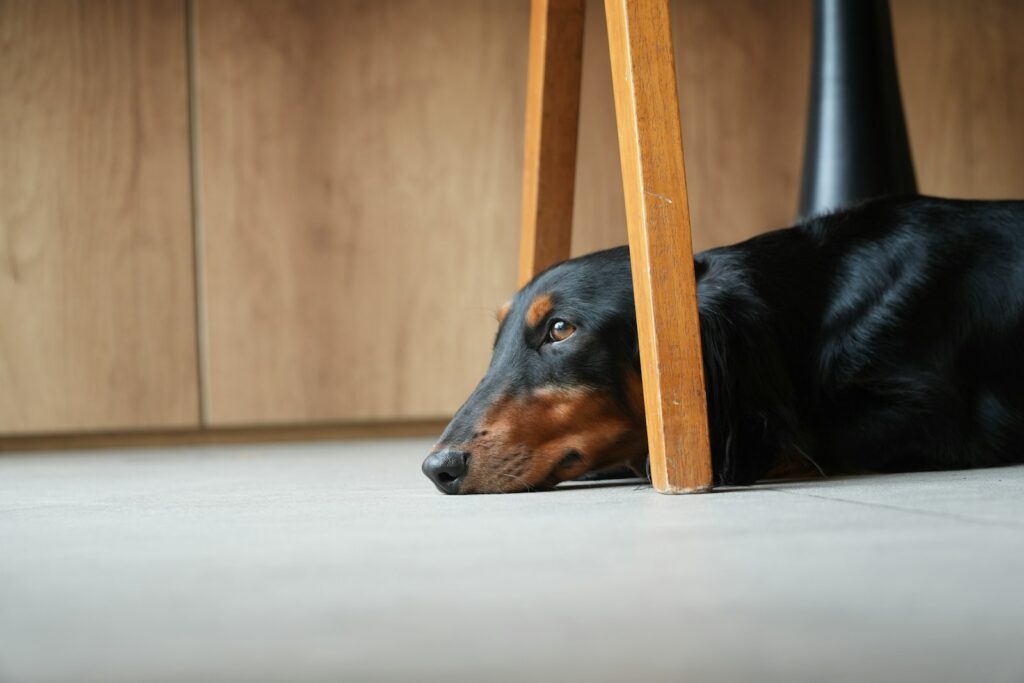
Don’t let those short legs fool you — Dachshunds are fearless and determined. Originally bred to hunt badgers (yes, badgers!), these little dogs have a stubborn streak a mile wide. They tend to think they’re much bigger than they are, which can lead to selective hearing during training. Consistency is key with Dachshunds, but they’re so charming it’s hard to stay mad when they give you that sweet, guilty look.
Chow Chow
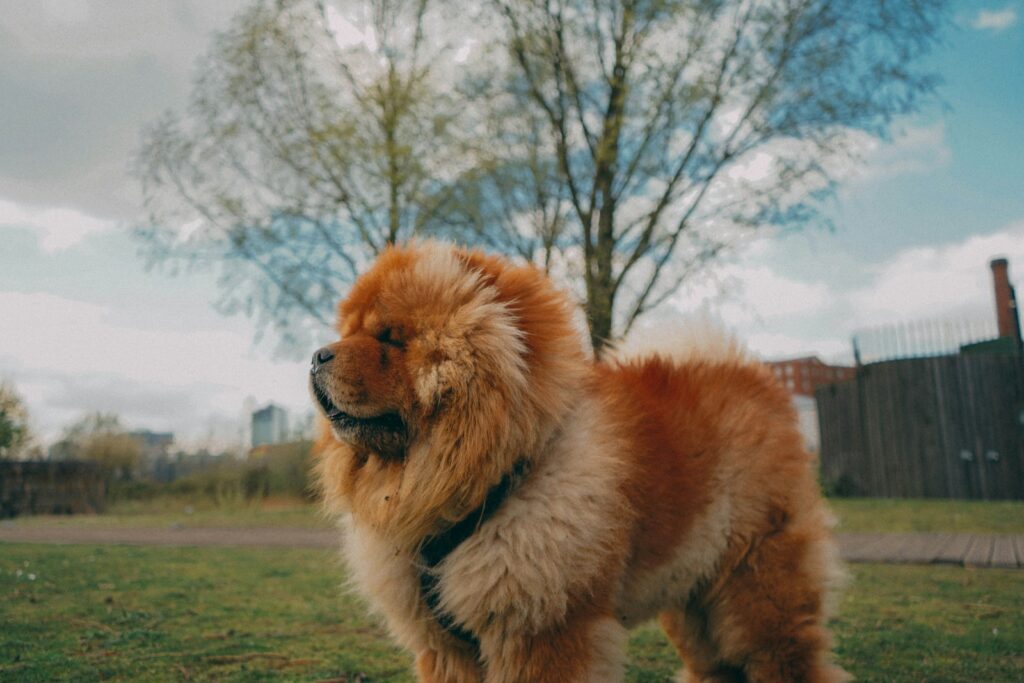
Chow Chows are like the cats of the dog world — independent, aloof, and often disinterested in pleasing humans. With their lion-like mane and dignified air, they carry themselves like royalty, and sometimes, they expect to be treated that way. Their stubbornness stems from their strong guarding instincts, so they’re not always eager to obey commands unless they see a clear benefit. Early socialization and firm, gentle training are essential with these fluffy monarchs.
Afghan Hound

The Afghan Hound is a runway model in the dog world — elegant, glamorous, and a little aloof. These sighthounds were bred to chase prey independently, which means they often make their own decisions. In training sessions, they might do the trick perfectly once. Then they’ll look at you like, “I already showed you I can do it — why should I do it again?” Their stubbornness comes wrapped in beauty, which makes it all the more frustrating (and endearing).
Jack Russell Terrier
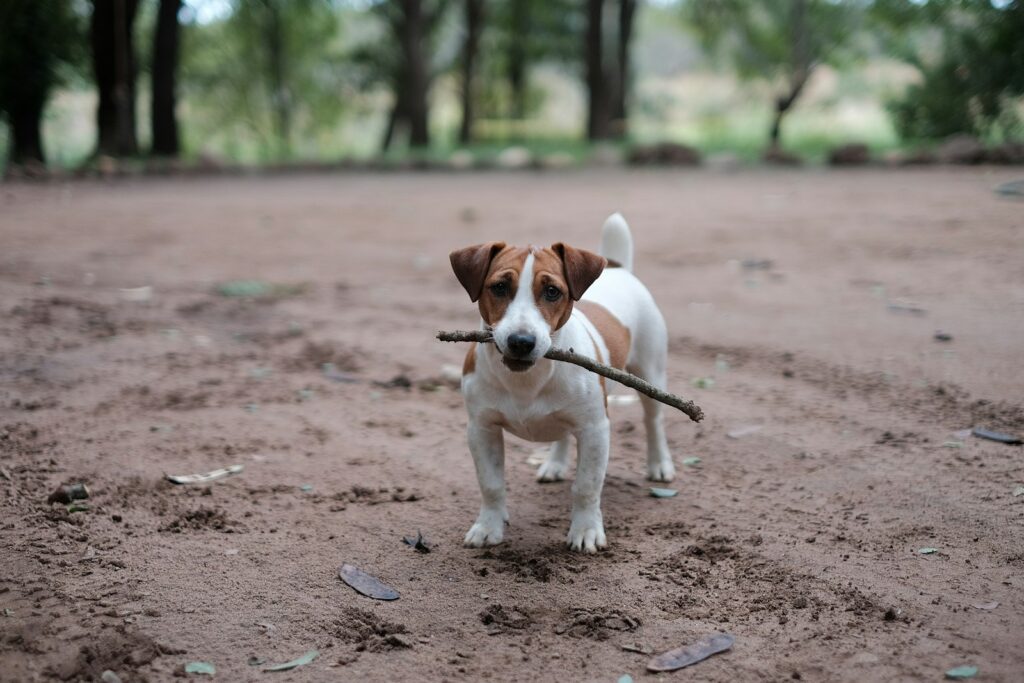
Jack Russells are pocket-sized energy bombs with a mind of their own. Originally bred for fox hunting, they’re fearless, clever, and have a work ethic that’s hard to match. But with that drive comes a strong-willed, stubborn side. They often believe they’re the smartest one in the room — and sometimes, they might be right. If you don’t give them enough mental and physical stimulation, they’ll find their own (often destructive) ways to entertain themselves.
Shiba Inu
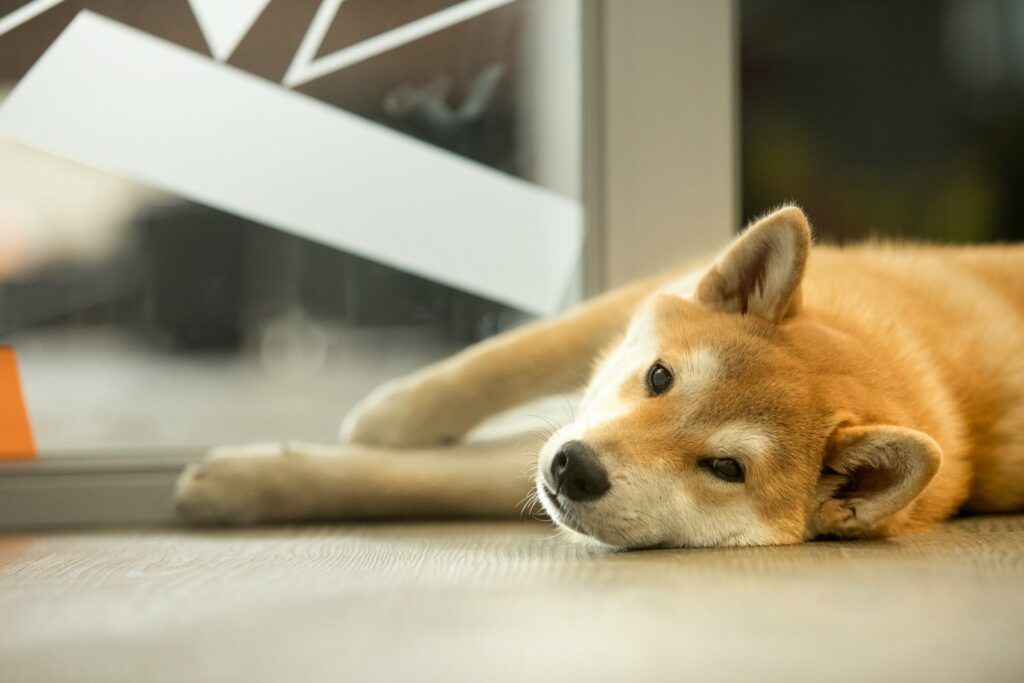
The Shiba Inu is known for two things: looking like a fox and having the ultimate “I do what I want” attitude. They’re independent thinkers who don’t respond well to forceful training methods. Ever heard of the “Shiba scream”? It’s a loud, dramatic noise they make when they’re unhappy — like during vet visits or bath time. Training a Shiba requires creativity, humor, and a lot of positive reinforcement.
Basenji
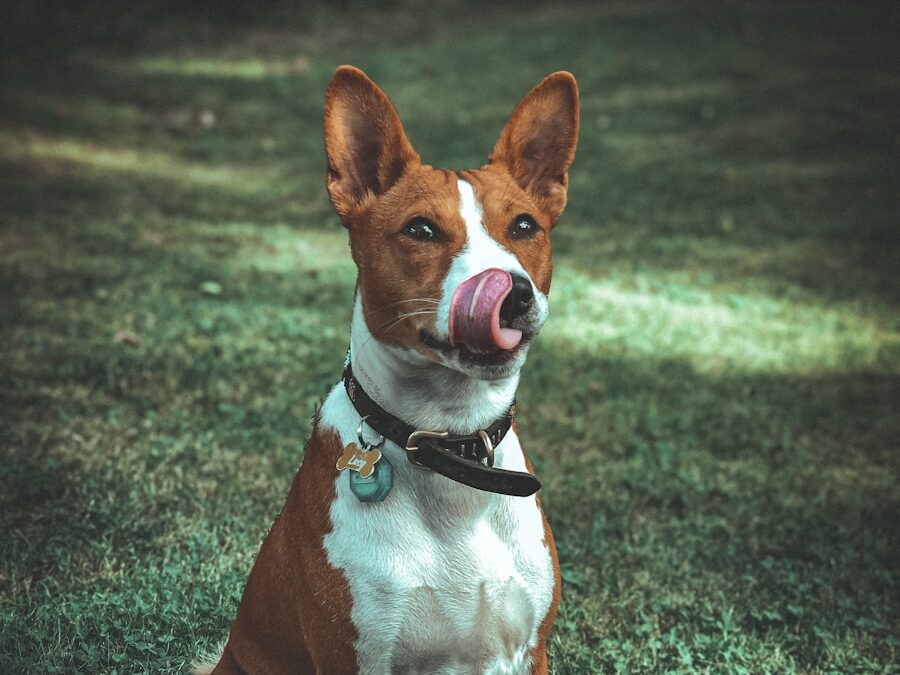
Known as the “barkless dog,” the Basenji is full of surprises. They don’t bark, but they do make an unusual yodel-like sound. Originally bred in Africa for hunting, Basenjis are fiercely independent. They often approach training with a “What’s in it for me?” attitude. Combined with their boundless energy and curiosity, their stubbornness can be a real challenge. But their quirky personalities and love of mischief make them endlessly entertaining.
Basset Hound
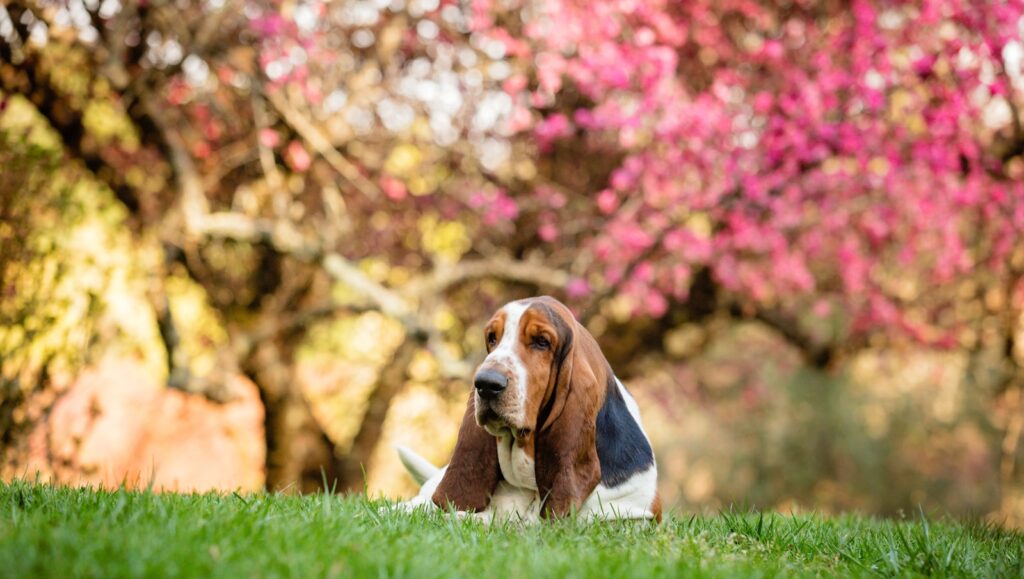
With their droopy eyes, long ears, and soulful expressions, Basset Hounds look like the ultimate couch potatoes (or sleeping beauties). But when they catch a scent, it’s game over — nothing else matters. Like Beagles, their stubbornness stems from their scent hound instincts. They’re slow-moving but determined, especially when following a trail. Training them requires patience and lots of scent-based games to keep them motivated.
Scottish Terrier
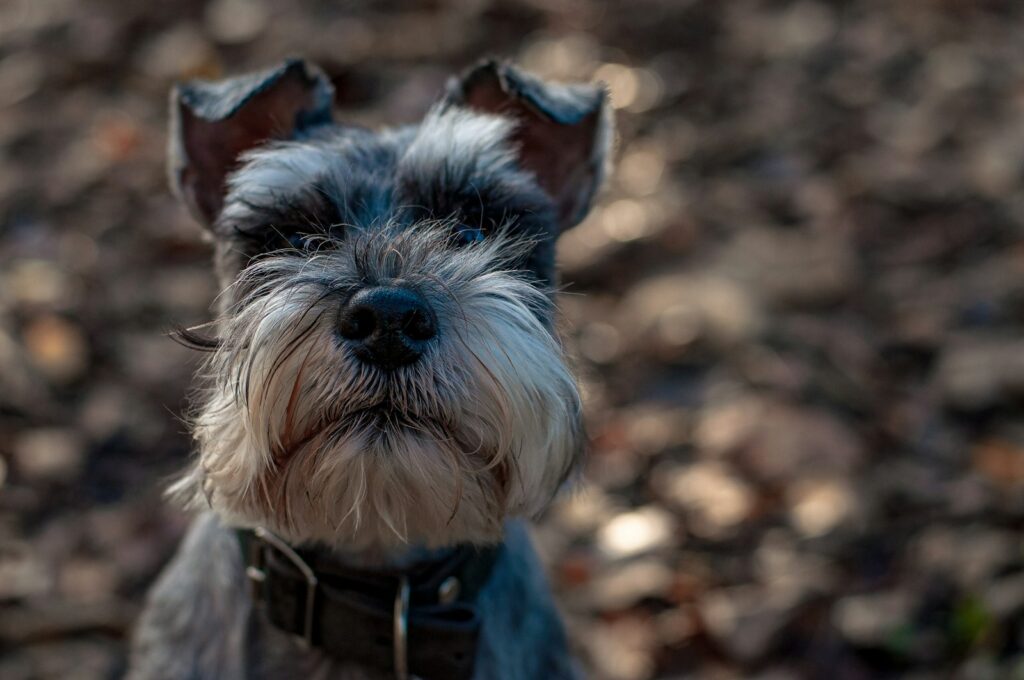
The Scottie, or “diehard” as they’re affectionately called, is as stubborn as they come. With their dignified beard and bold attitude, they bleed confidence. Originally bred to hunt vermin, they’re tenacious and love doing things on their own. Training a Scottie means respecting their independence while using positive reinforcement — and accepting that sometimes, they just won’t care.
Shar Pei
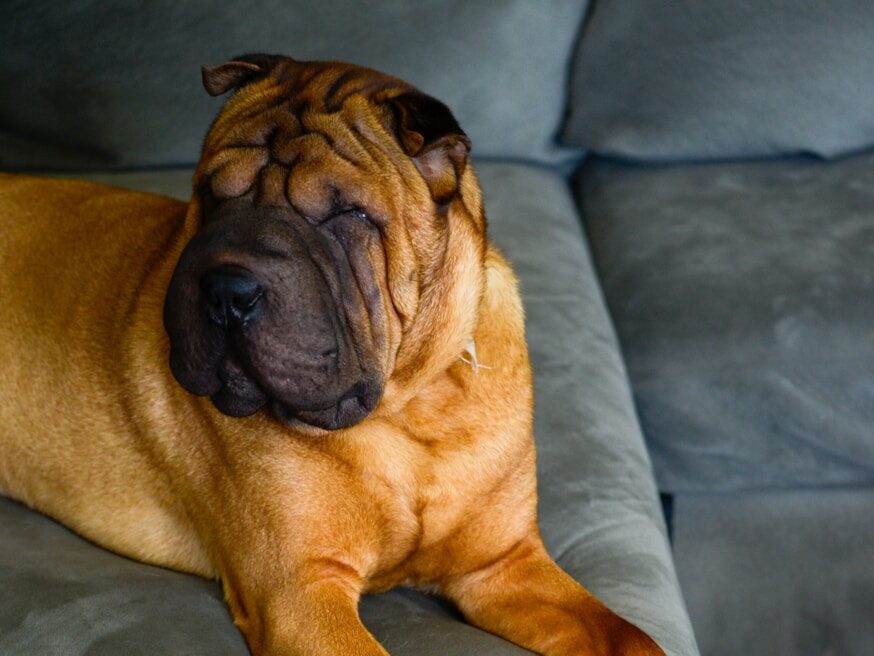
With their signature wrinkles and serious expressions, Shar Peis have a calm, confident demeanor — but they’re also notoriously stubborn. Bred as guard dogs, they’re independent thinkers who can be wary of strangers. Their aloofness can sometimes come off as defiance in training sessions. They need a strong, consistent leader who uses firm but gentle methods. Once bonded, though, these pups are deeply loyal and protective.
Lhasa Apso

Lhasa Apsos were bred to guard Tibetan monasteries, so they carry an air of wisdom and independence. Small but mighty, these dogs have strong opinions and aren’t afraid to show them. Training can be a test of wills — they might look at you mid-command and decide, “Nope, not today.” But their loyalty runs deep, and with patience and gentle guidance, they become loving companions who’ll protect you like their ancient monk ancestors.
Siberian Husky
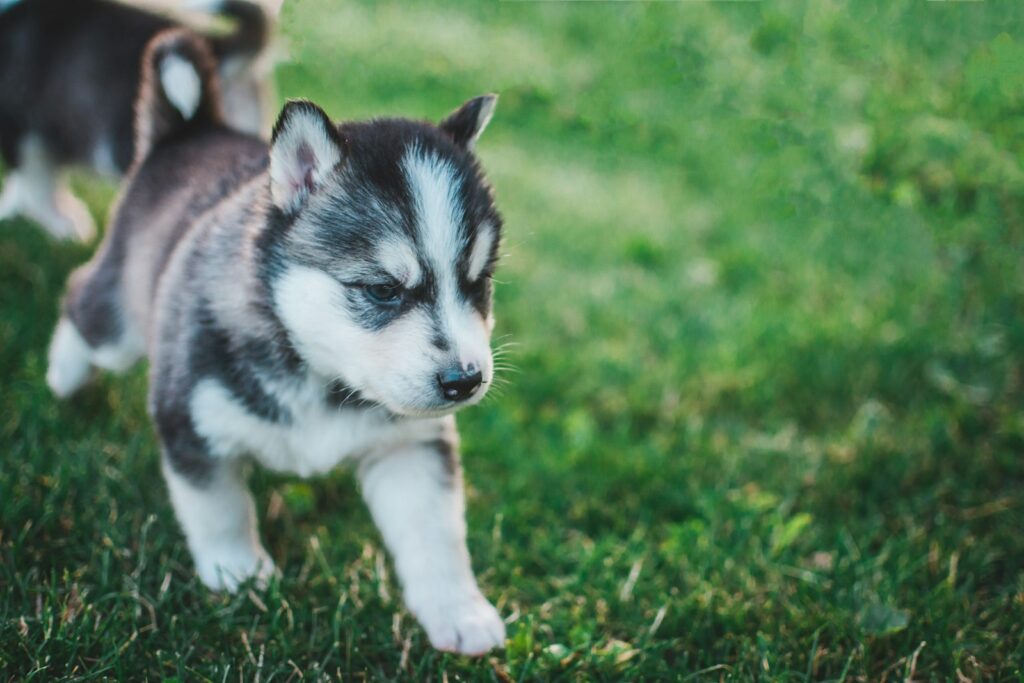
Huskies are the drama queens of the dog world — vocal, mischievous, and full of personality. Bred to pull sleds over vast, frozen landscapes, they’re strong and independent. That independence often translates into stubbornness during training (which means training these pups is a big task). Ever told a Husky “No” only to have them talk back with howls and woos? Yeah, they’re not shy about voicing their opinions.
Pekingese
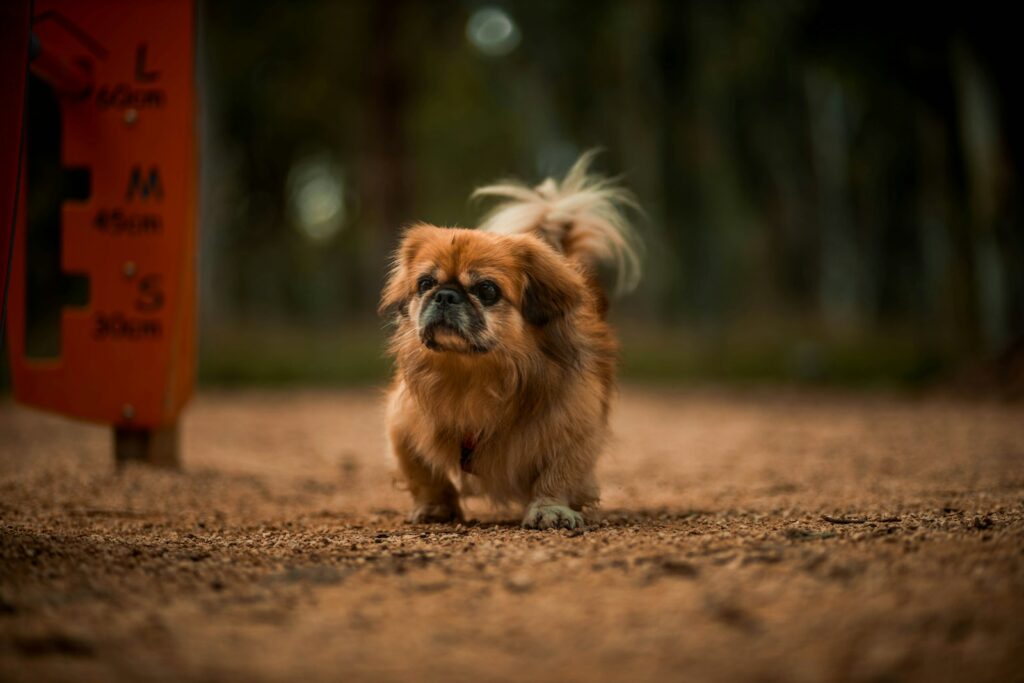
The Pekingese were bred for royalty in ancient China — and they know it. With their flowing coats and proud stance, they carry themselves like little emperors. They’re affectionate but highly independent, often deciding when they want attention and when they don’t. Their stubbornness isn’t about mischief — it’s more about their strong sense of self-importance. Treat them like the royalty they believe they are, and they’ll reward you with loyalty (on their terms).
Akita
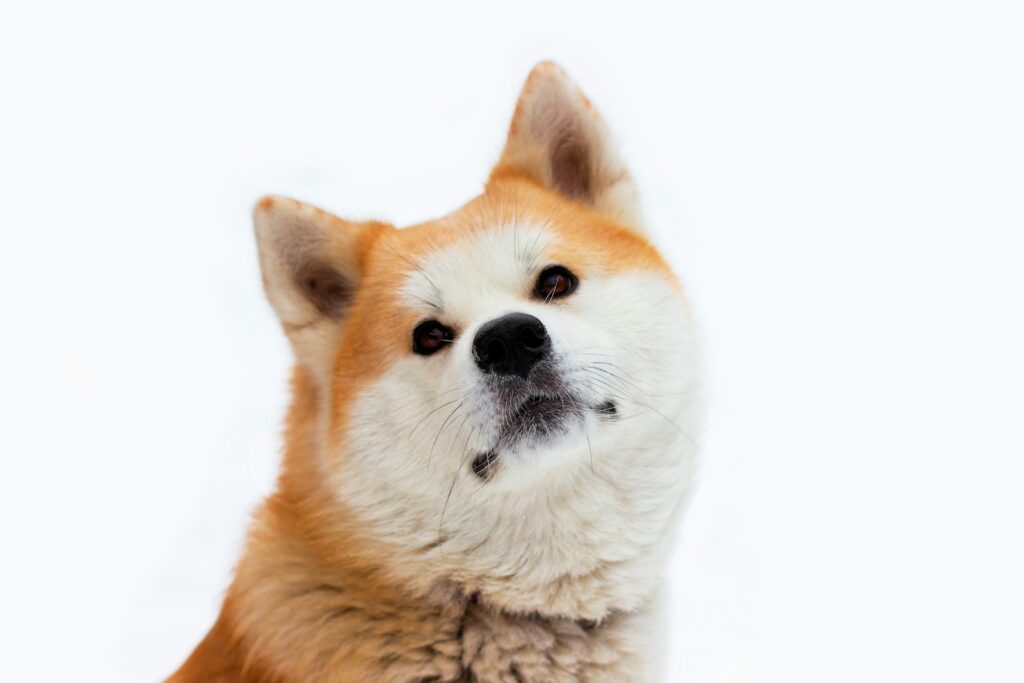
Akitas are strong, noble, and deeply loyal — but also fiercely independent. Originally bred in Japan to hunt large game, they’re known for their stubborn streak. Akitas often form deep bonds with their families but are naturally aloof with strangers. Training an Akita is a commitment — they need a confident, experienced owner who can establish respect without harshness. Once bonded, though, they’re among the most loyal and protective dogs out there.



